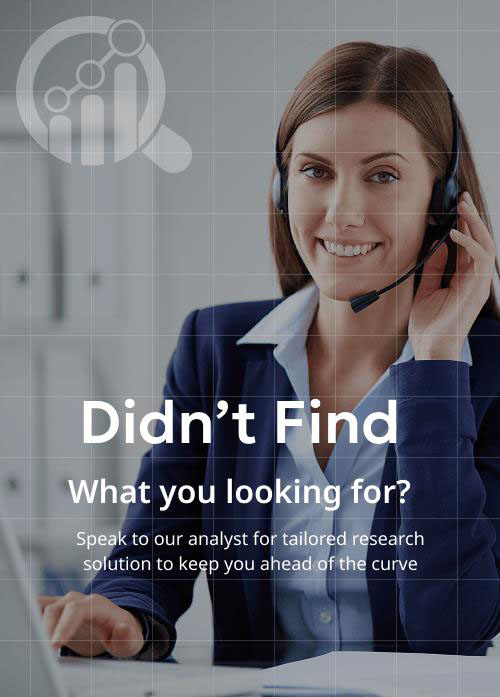The India Anticoagulation Market presents a dynamic landscape characterized by innovation, competition, and diverse therapeutic options aimed at managing clotting disorders and associated health risks. The market has seen an influx of both global and local players, leading to an enhanced array of products designed to provide effective anticoagulation therapy. As healthcare providers increasingly recognize the importance of anticoagulation in conditions such as atrial fibrillation, deep vein thrombosis, and pulmonary embolism, the competitive environment continues to evolve rapidly.
The regulatory framework and increasing awareness among the population are driving growth, along with the rising demand for advancements in drug efficacy and safety. The market's competitive insights indicate a focus on product differentiation, pricing strategies, and partnerships that enable companies to penetrate deeper into the Indian healthcare system.
Bristol Myers Squibb has established a substantial presence in the India Anticoagulation Market, demonstrating strengths that have positioned it favorably among competitors. The company not only offers a robust portfolio of anticoagulant medications but also invests significantly in research and development tailored to the Indian demographics and medical needs. Bristol Myers Squibb thrives on its reputation for innovation and quality in pharmaceuticals, which enhances its credibility among healthcare professionals and patients alike.
The capabilities to navigate regulatory requirements efficiently and the establishment of strategic collaborations with local healthcare suppliers further enable the company to maintain market share and expand its reach in the anticoagulation segment.
AstraZeneca also holds a prominent position in the India Anticoagulation Market with a commitment to delivering advanced therapeutic solutions. The company is known for its key anticoagulation products that cater specifically to the Indian population, focusing on safe and effective management of clotting conditions. AstraZeneca has successfully strengthened its market presence through strategic mergers and acquisitions, enhancing its product offerings and distribution capabilities across the country. The strengths of AstraZeneca lie in its aggressive marketing strategies and partnerships that facilitate greater accessibility to its products.
Its continuous investment in local clinical research databases helps address regional health concerns, ensuring that their anticoagulant medications meet the specific needs of the Indian market while adhering to the highest standards of pharmaceutical excellence.














